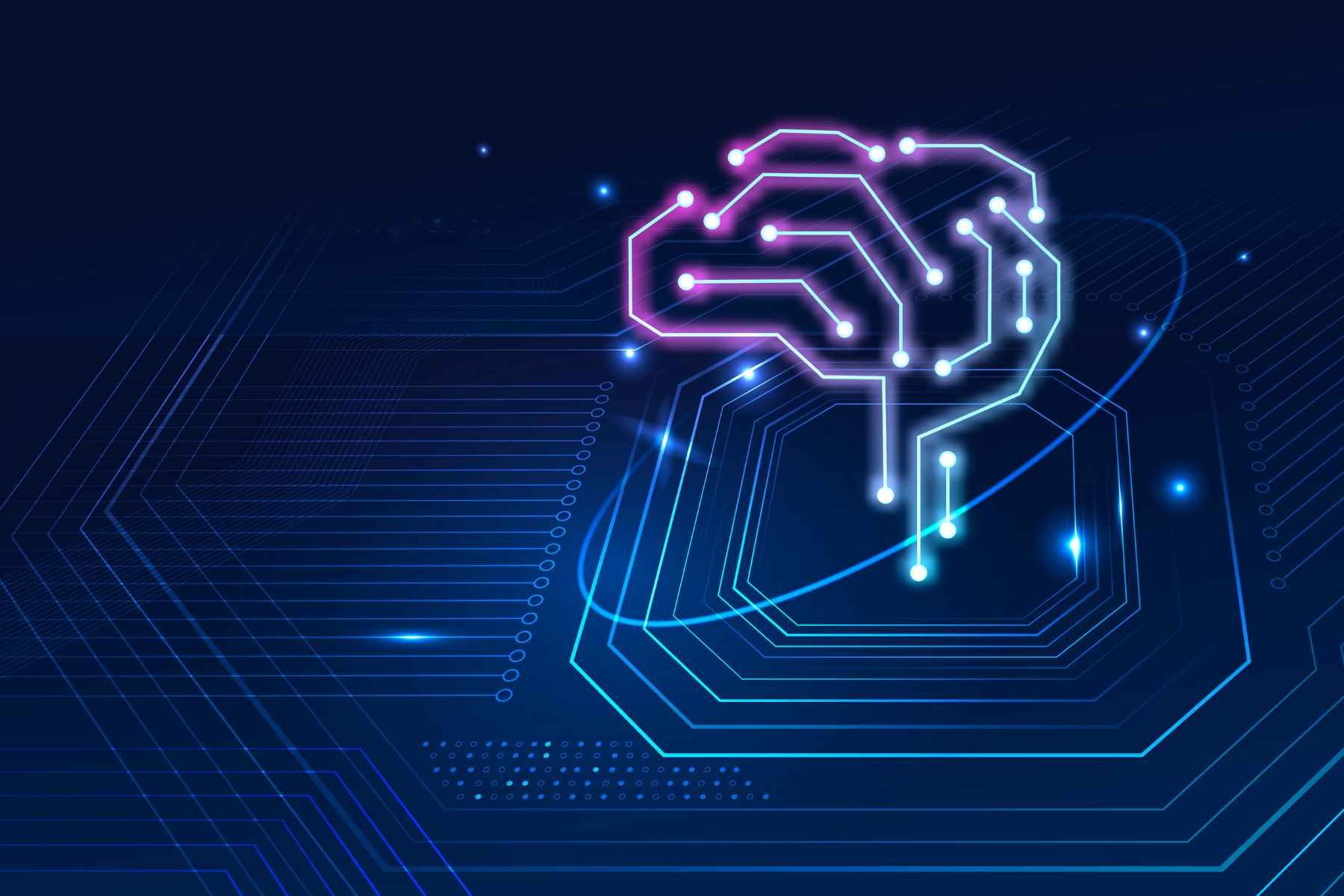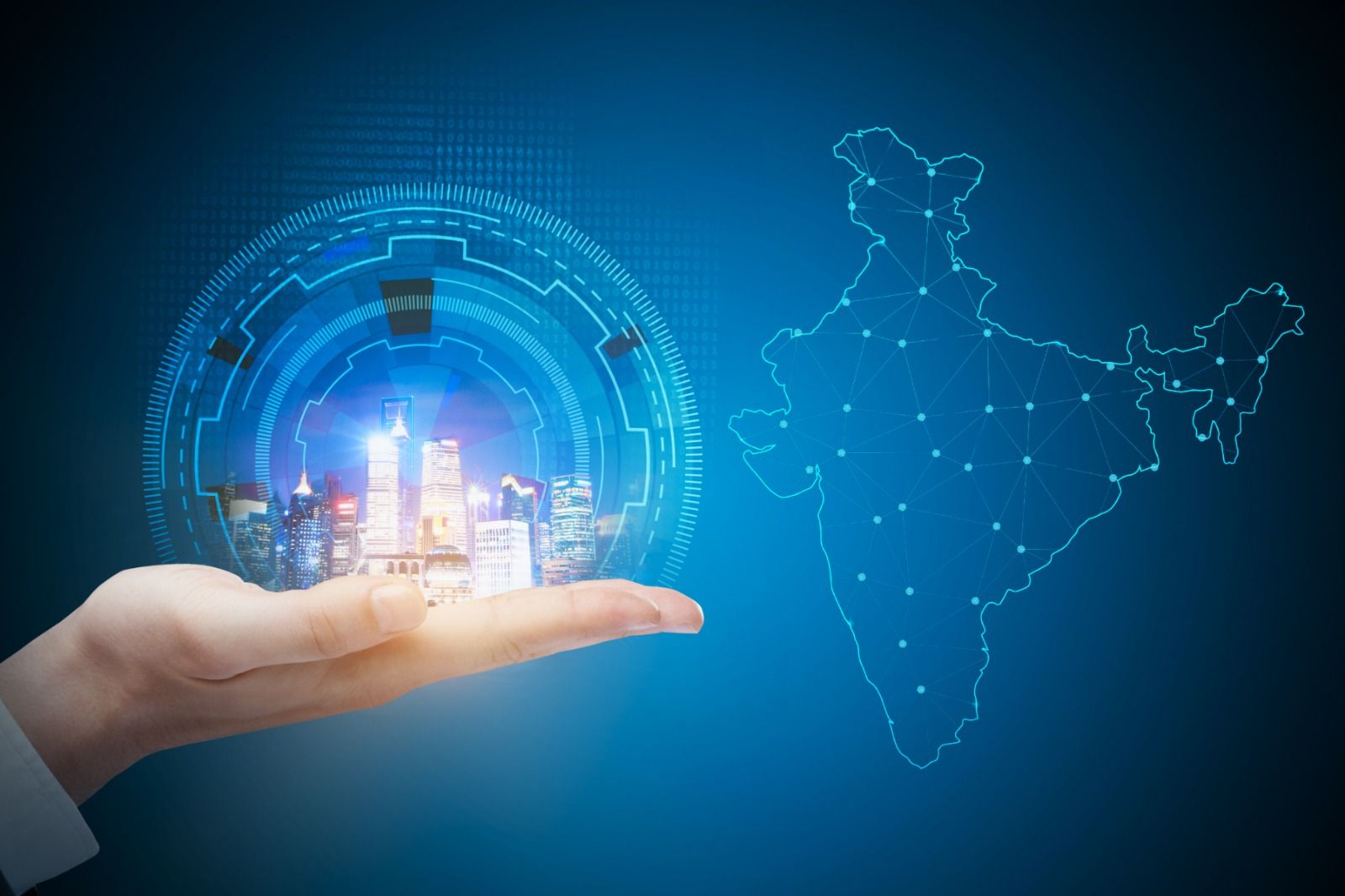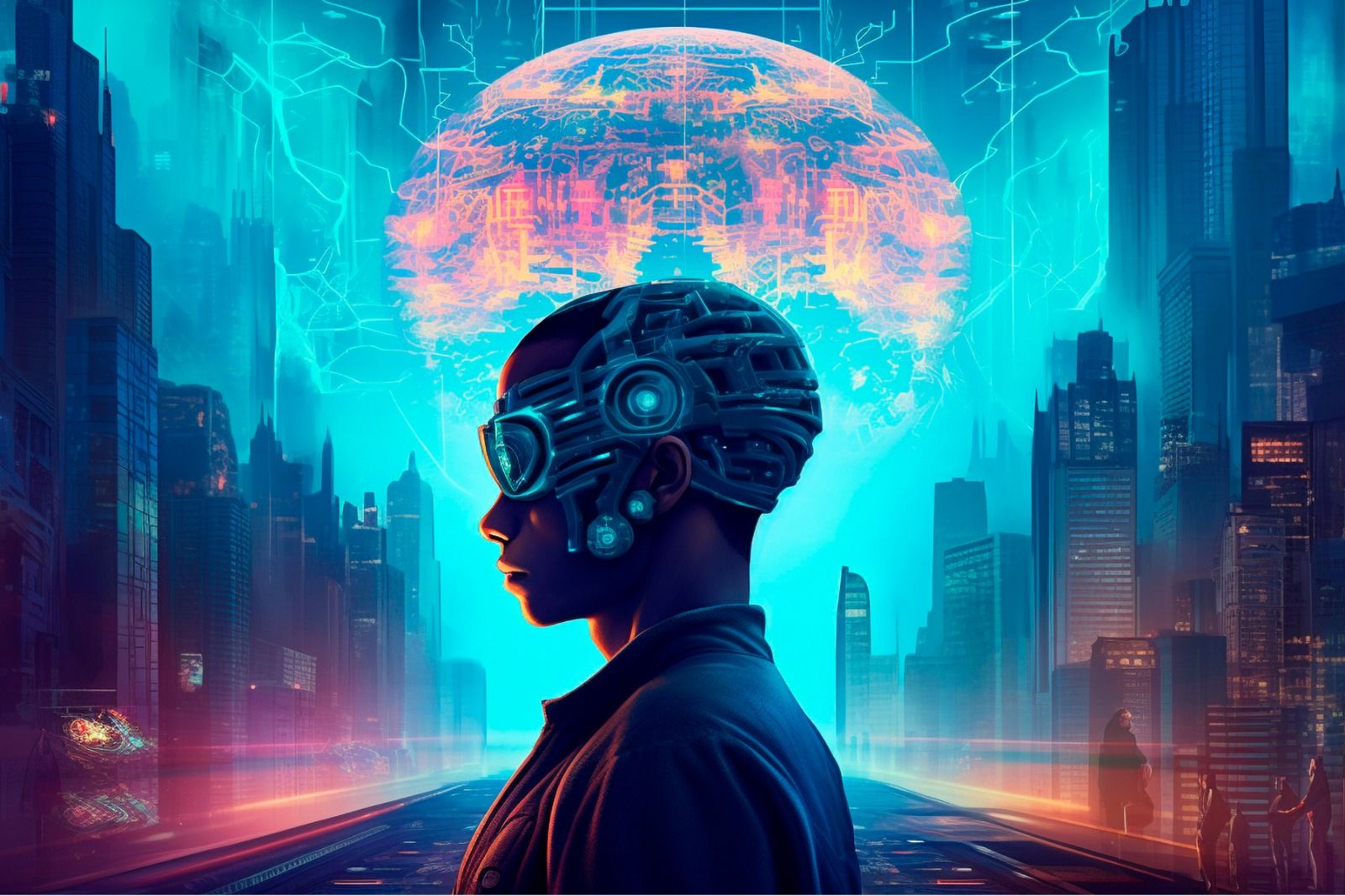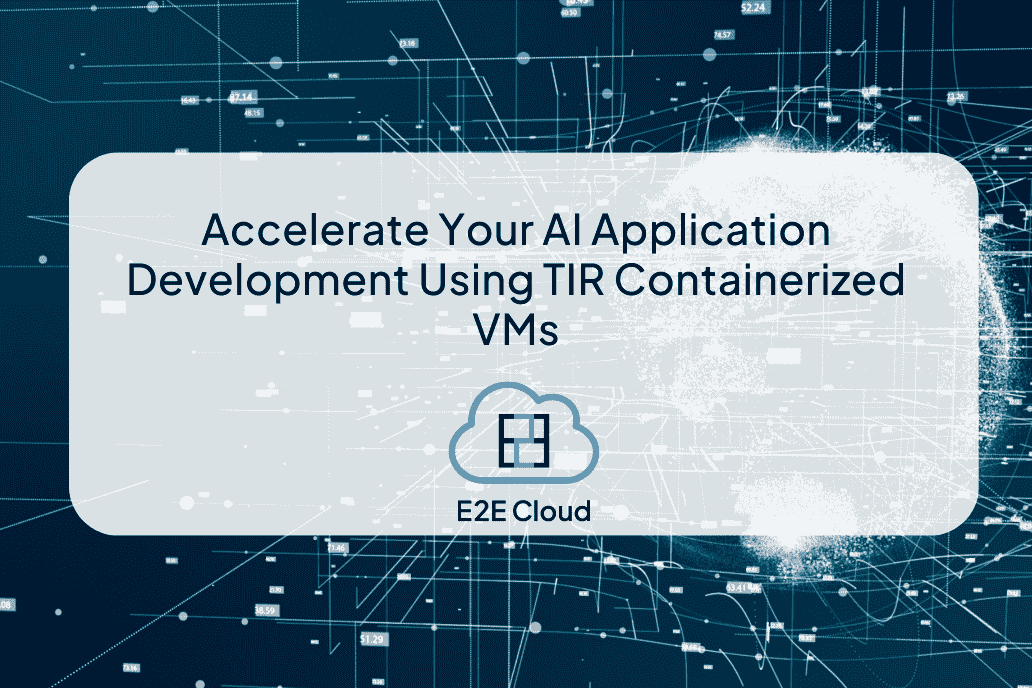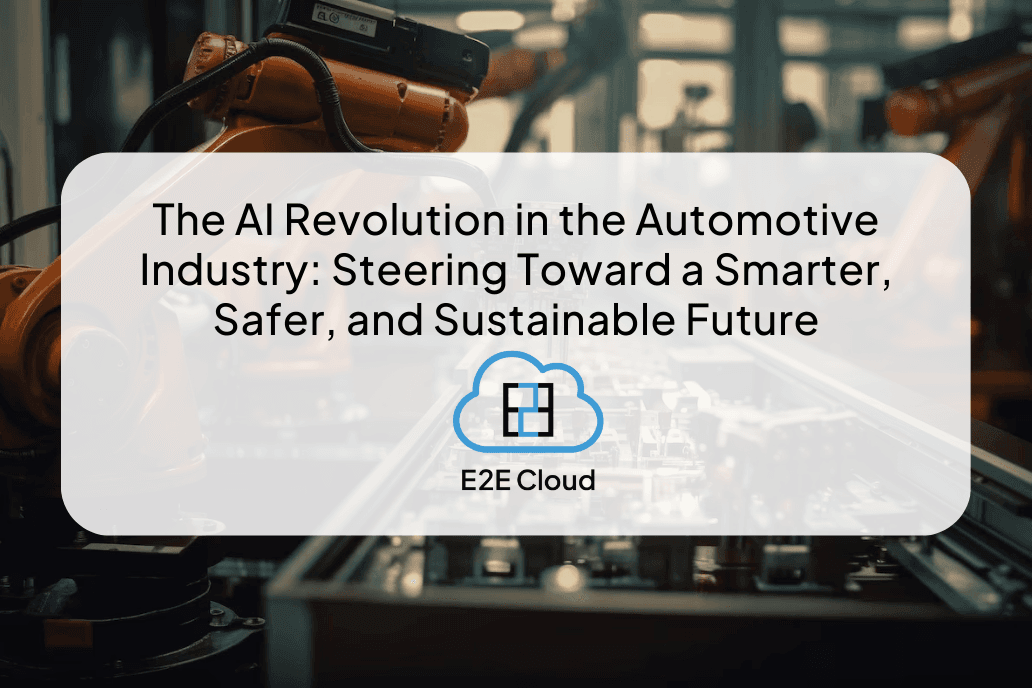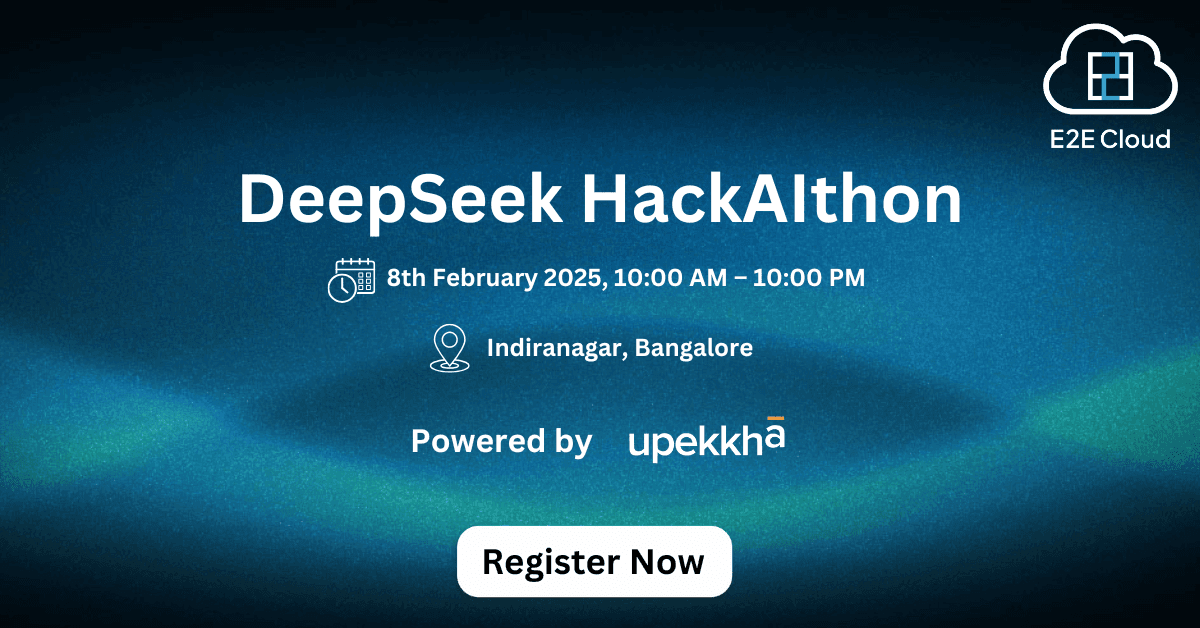Introduction
GPU systems are incredible calculating machines. What if your cloud also delivers these GPU-powered systems and services for your organisation? But choosing between GPU cloud servers and on-premises GPU servers is like deciding between renting a home and buying. If your organisation demands high-performance workloads, GPU servers and clouds are the best solutions. Before understanding the difference between on-premise GPU servers vs GPU cloud servers, let us first understand what GPU servers are?
What is a Graphics Processing Unit?
Graphics processing technology has evolved exponentially in the last decade with unique benefits. GPU is one of the most prominent computing elements that provide high-end performance, including video and graphics rendering. Organisations and enterprises use it on a wide range of platforms ranging from accelerating 3D graphics in games to multi-layer neural networks, machine learning, deep learning, and data mining. This parallel processing system allows graphics programmers to build more dynamic visual effects.
Difference Between On-Premise GPU Servers and Renting GPU Cloud Servers
GPU-accelerated data centres and on-premise GPU servers deliver breakthrough performance. Such a system requires fewer servers and has high-end computation to store and process data. If your organisation is associated with training deep neural networks or multi-layer neural networks, GPU servers are essential. In this article, you will get to know the three verticals in which we will be comparing the two types.
- Cost: If your organisation is developing and training AI and artificial neural models with large datasets, operating expenses may hike. It might induce developers to be attentive while performing each iteration of model training. Such a situation creates less room for developers and engineers to experiment and tweak. An on-premise GPU server will provide developers with extensive iteration capabilities and testing time at a one-time, fixed cost.
It is because going for on-premise GPU won't count the number of hours the organisation's employee is using the system. On the other hand, GPU cloud servers will rack up the count of execution made in a particular timespan. The reason being GPU cloud servers will reside in a different location, and cloud providers will fix the cost on a pay-as-you-go basis.
- Performance: Organisations working with powerful ML and DL training models and algorithms or renders high-end videos can go with powerful GPU-based workstations with on-premise server machines that come with a broad spectrum of facilities. The GPU-powered data centres are ideal for production-scale modelling and training. Some GPUs provide double-precision, whereas some provide single-precision value. It depends on your requirement whether you need those extra decimal values to calculate the model with high precision. Nvidia's on-premise Titan-based GPU servers are much faster than Tesla-based cloud GPU servers.
Again, for many organisations, it is hard to manage on-premise servers. The organisation might not have the demanding team of IT experts to configure the right GPU-based cloud infrastructure for the exacting performance. Such organisations can choose GPU cloud servers over on-premise GPU servers. Performance-wise cloud GPU systems provide optimally balanced processors with accurate memory and high-performance disk, 8 GPUs per instance for handling the individual workload. All of this comes with a per-hour billing mechanism, where the organisation has to pay only for what the organisation is using.
- Operations: Operations is the only area where GPU cloud servers will have the upper hand over on-premise GPU servers. There might be a situation where your machine learning team meets an issue where the server is unreachable using the VPN. Having a GPU-based server on-premise intrinsically comes with added operational problems. Issues like network breakdown, power outages, equipment failure, less or no disk space, updated driver installation, unscheduled reboots, cable nightmares are common.
GPU cloud servers, on the other hand, won't face such extreme surges. Cloud servers managed by the cloud providers take care of all such operational obstacles and do not make their customers realise a failure. Having the GPU server in the cloud also reduces the headache of fixing the issues that remain with on-premise GPU servers.
Conclusion
To sum up, we can say that choosing between cloud and on-premise GPU systems can't be made on a single decision by a company or research team. Also, this might change with the requirement and the budget of a project. A startup might go for cloud-based GPU servers for early prototyping. They can then later switch to on-premise GPU workstations for training deep-learning models or executing high-end visual effects. A scenario might occur where the organisation has to switch back to the cloud-based system for scaling up the production with a fluctuating number of clusters or because of customer demand. Whichever route an organisation takes to accelerate the computation, E2E GPU cloud servers can help

